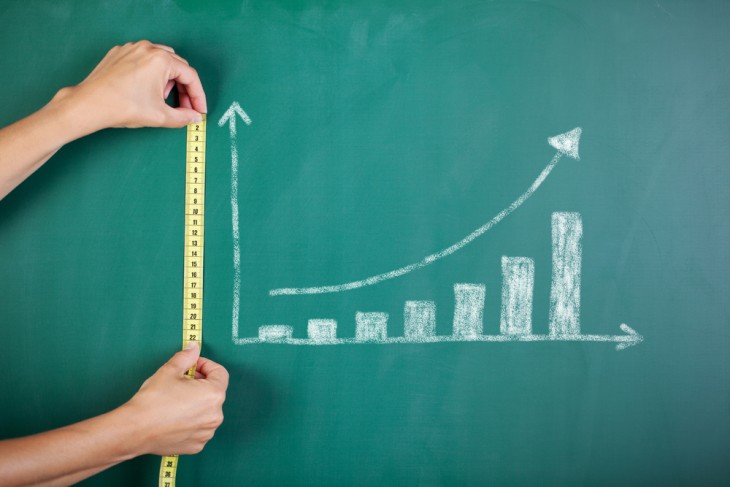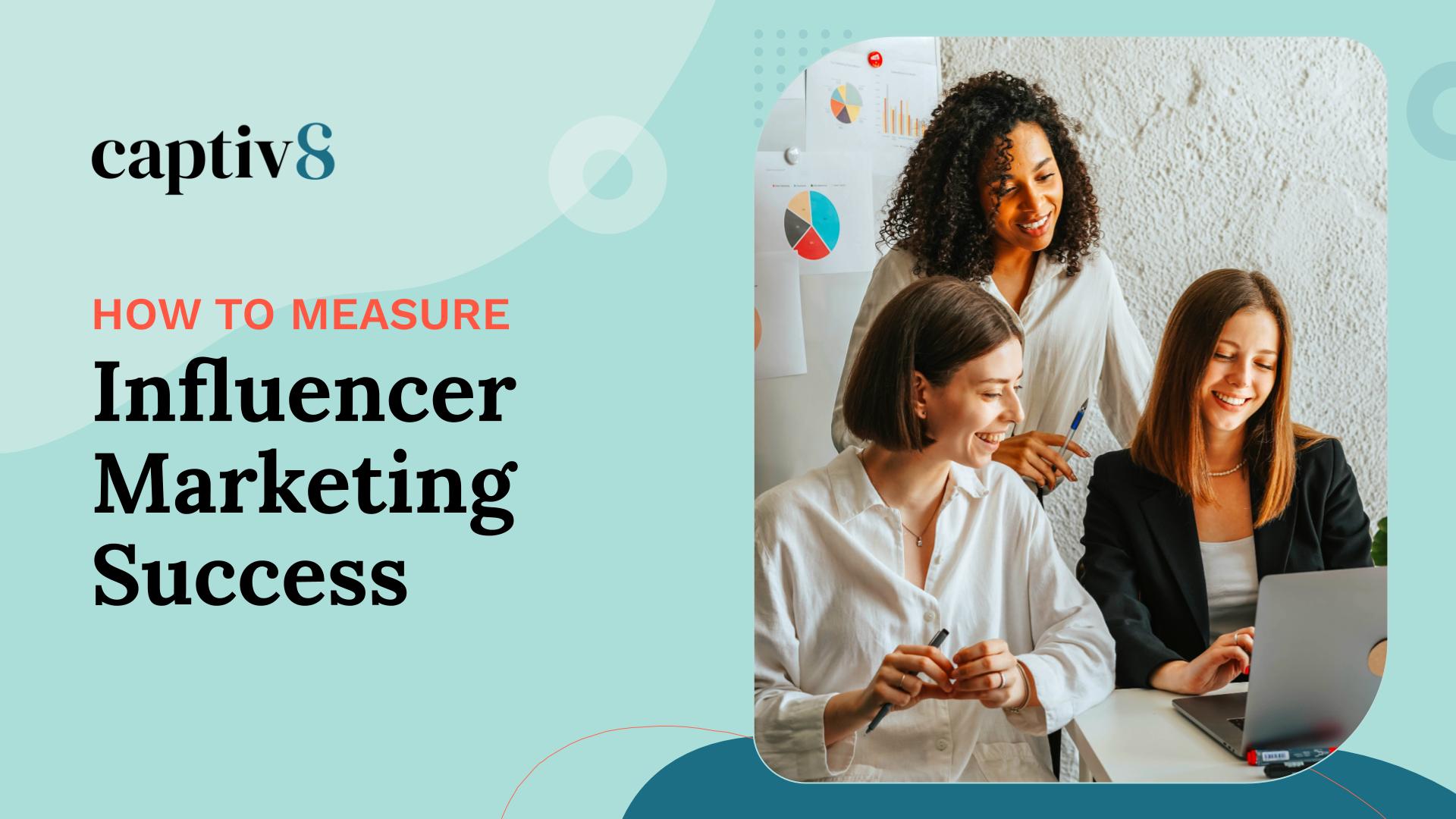Influencer Marketing 101: Measuring Success

Welcome back to Captiv8’s multi-part series on the basics of influencer marketing. Our team spends a lot of time thinking about the strategies and news stories impacting the discipline of influencer marketing. But for those who are new to the discipline there are likely some fundamental questions that often go unanswered. What is “influencer” marketing? How do you go about identifying creators that are a good fit for your brand, and what are the best practices for working with a creator to design compelling content and measure its success?
In this post, we’ll talk about how to measure the success of your campaign. There’s a common business saying that says, “you can’t manage what you can’t measure,” and this is particularly true for influencer campaigns. Without connecting campaign metrics back to your goals it’s hard to know if your influencer campaign is producing results for your business. But what sorts of strategies should you be using to gauge success? While are numerous ways of answering this question, here are some guidelines:
- Match your goals to your measurement tools – this a best practice for any marketing campaign, not specific to just influencer marketing. Depending on what you’re trying to accomplish, you’ll have different ways of measuring success. For example, some influencer campaigns are mostly about generating online discussion and sharing, in which case measuring something such as “likes,” comments or shares is perfectly acceptable. Meanwhile, if it’s a more purchase-focused campaign, you’ll probably need to come up with measurement tools like discount codes or referral links.
- Make sure the campaign is “trackable” – after figuring out your goals, you need to put in place the right tools to make sure you can track the campaign. How you accomplish this will vary depending on what social platforms your creator is using, but there are a few common strategies. The most popular, and easiest, method of measuring is to partner with a platform, like Captiv8. Another option is to give the creator that’s involved in the campaign a unique URL or UTM code to track their success. If the influencer campaign is focused on purchases, unique discount codes are another option. Another good option to track results is assign a dedicated campaign hashtag, which will make it easier to search for social content related to your campaign.
Once you’ve completed this prep work and ran your successful campaign, it’s time to take a closer look at the results. To help make sense of what this process might look like, here are some screenshots from the Captiv8 platform examining key metrics to keep in mind for a typical influencer campaign. Let’s pretend we were running a marketing campaign involving content produced by multiple creators to promote a new snack product on Instagram. For the purposes of this sample campaign, let’s assume we asked our creators and their fans to use the hashtag #foodies. Some of the key metrics you want to investigate include:
Unique Contributors
Especially for hashtag-focused social campaigns, this is a great way to gauge the size of the discussion happening around your influencer effort. While #foodies happens to have a lot of organic discussion that’s unrelated to our campaign, if you were to assign a specific campaign hashtag this would be a great way to see how many people actually were engaging with your influencer effort.

Top Posts
Content is probably the most critical component of influencer-driven marketing. Working with creators can allow brands to generate highly authentic content designed to be easily shared by social media followers. Given that, it’s essential to understand how well the content you commissioned performed with social followers. Captiv8’s tool offers an easy way to understand the most popular posts from a specific creator or related to a dedicated hashtag, saving you the legwork of having to find these results manually.

Demographics
Demographics is another obvious area to track when examining influencer campaigns. Did the group of social users who engaged with your content match up with your expectations regarding gender, age, geographic location, and income? Captiv8’s social insights for #hashtags can quickly reveal who was engaging with your content, helping to ensure you reached your target customers as expected.

Posting Time
To optimize your campaign, you can see what day/time the creator you’re working with is most successful for posting content. Captiv8’s Insights tool allows you to see exactly what day and hour generates the highest number of likes and shares for content, providing you the data you need to make your campaign most engaging.
Creators’ Engagement Rates
Getting more granular, you’ll also want to evaluate the performance of individual creators in your campaign. There are lots of ways to evaluate this, though there are a couple of important metrics to keep in mind. For one, take a look at your creators’ “active” followers and their engagement rates. While it’s often tempting to assume the creators with the biggest following will provide the highest engagement, that’s not always the case.

Captiv8’s tools offer an easy method of understanding details including what percent of a creator’s audience actively comments, likes or shares their posts, as well as the proportion that typically engages with any given post. Comparing a creator’s average across all content compared with your specific campaign content can help give a quick frame of reference regarding success.
While there are many more performance metrics that we can dive into related to influencer campaigns, the list above is a great foundation to help you get started on the road to influencer marketing success. Want to take a more in-depth look at the strategy for your next influencer campaign? Contact the experts at Captiv8 to help get you off to the right start.

![The Influencer Marketing Playbook for Creators [Download] Influencer Marketing Playbook](https://captiv8.io/wp-content/uploads/2021/09/02_Influencer-Marketing-Playbook-1.jpg)

